
Mongabay series: Beyond Protected Areas
Protected areas only cover about 5.02 percent of India’s total area. Consequently, a large percentage of India’s wildlife live outside protected boundaries. This gives rise to situations spanning between coexistence and conflict, which requires acknowledgement and awareness. With just five percent of India’s total forest cover officially protected, sharing habitat with humans is the reality for much of India’s diverse wildlife. In western Maharashtra, for example, every 100 square kilometers of land is home to 10 large carnivores (leopards and hyenas) -- and more than 30,000 people. In India, a protected area (PA) is defined as a zone “in which human occupation or at least the exploitation of resources is limited.” These PAs include national parks, wildlife sanctuaries, conservation reserves, community reserves and marine protected areas. In this series, Beyond Protected Areas, Mongabay-India will be addressing the urgent need to raise awareness of practices which make the land surrounding official protected areas more supportive of wildlife. One of the main threats to biodiversity outside protected areas is widespread infrastructure development, including linear incursions like roads and railways. The resultant habitat fragmentation splits up wildlife populations, causing an overall reduction in genetic diversity, which in turn decreases the resilience of species to pressures such as climate change and diseases. In this context, large carnivores prey upon livestock, while herbivores such as elephants, nilgai and wild boar damage crops. Human-wildlife conflict seems inevitable, but there are novel solutions that have come to light from across the country. We explore biodiversity and communities along the spectrum between conflict and coexistence, from across the country.

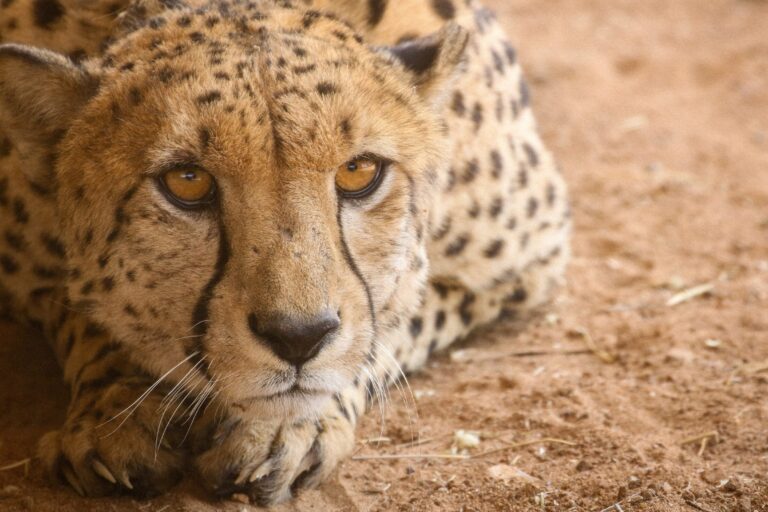
Cheetahs introduced in Kuno National Park struggle with humidity and weather conditions

How animals negotiate shared resources in the wild

The endangered gharial’s conservation crisis highlighted after death of a male in Nepal

[Commentary] Why are evolutionary scientists studying the crawlies?

Birds use waste to build nests in a Bhopal institute

The silent trade of elusive small cats in Mizoram

The sounds of restoration
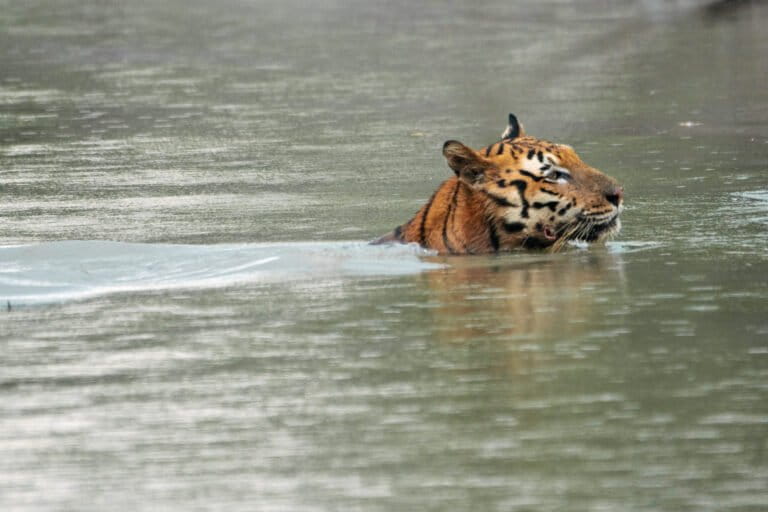
Fences could be a solution for Bangladesh’s human-tiger conflict in the Sundarbans

Kerala needs long-term plans, not quick fixes, for human-elephant conflict

Researchers study the elusive dugongs of the Andamans with help from community stakeholders

[Commentary] Reinforcing India’s existing legal frameworks to implement the Global Biodiversity Framework

Environmentalists revive contentious call to declare a tiger reserve in Goa
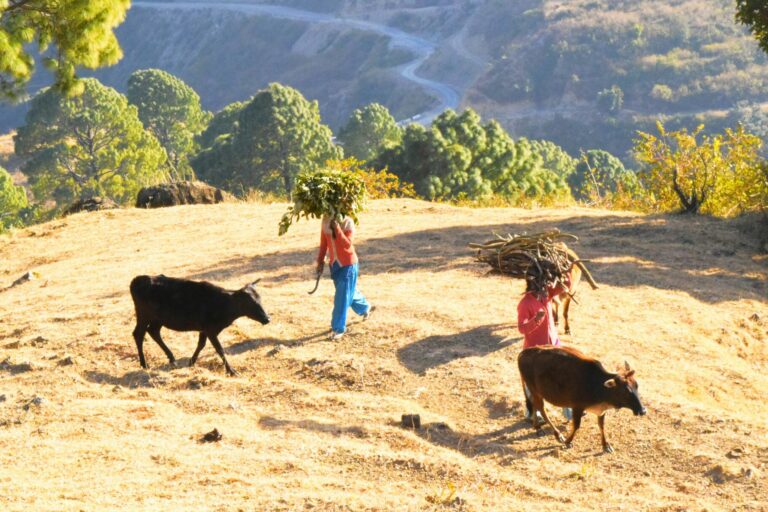
[Commentary] A decade after relocation, the lives of Van Gujjars still lack stability and security
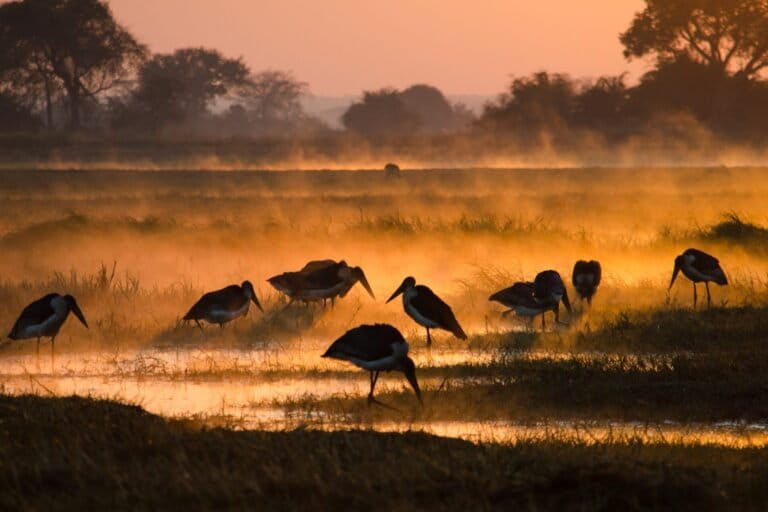
A new study reveals critical gaps in stork research; calls for scrutiny of the IUCN Red List data

Facing space and resource crunch, North East states to build new shelters for seized wildlife

An elephant rescued in 2021 still awaits a suitable shelter, even as its condition deteriorates
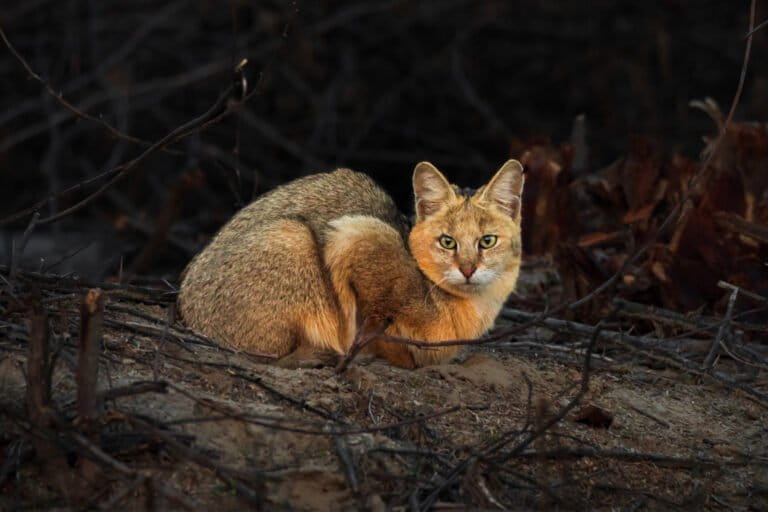
[Video] Jungle cats adapt to life on a farm
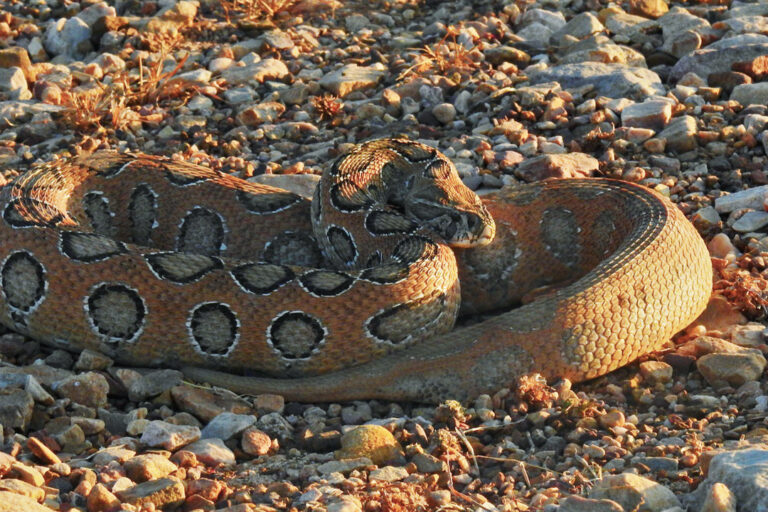
With a Russell’s viper and snakebite resurgence, Bangladesh looks to developing antivenom

Study finds how community-based conservation efforts influence mammal populations in Meghalaya
Special series
Wetland Champions
- [Commentary] India establishes the largest network of Ramsar Sites in South Asia
- [Commentary] Wetland champions: Promise from the grassroots
- The story of Jakkur lake sets an example for inclusive rejuvenation projects
- Welcome to Tsomgo lake: Please don’t litter

Environment And Health
- Marine plastic pollution is not just a waste problem; reducing production is needed too
- Stitching sustainability amidst climate change challenges
- Gujarat bans exotic Conocarpus tree amid health and environment hazard
- Malaria-carrying mosquitoes shift homes from forests to rice fields

India's Iconic Landscapes
- Majuli’s shrinking wetlands and their fight for survival
- Saving India’s wild ‘unicorns’
- Indrella ampulla’s genetic tapestry unveils colour morphs isolated across the Palghat Gap
- [Commentary] Up close and personal with the fragility of the Himalayas
Beyond Protected Areas
- Climate litigation has entered the room. But could great Indian bustards be inched out?
- The dietary habits of endangered vultures
- Waterbirds adapt to nest and roost in the urban oases of Udaipur
- Understanding the elevational movements of Himalayan birds to improve conservation efforts

Conserving Agro-biodiversity
- Pricey guests: Urban invasive species cost the world billions every year
- [Commentary] GROW with agroforestry, a step towards sustainable land management
- Millet tradition loses flavour among Madhya Pradesh’s tribals
- A village nurtures traditional food systems in response to climate change

Just Transitions
- How unplanned coal mine closures in India are affecting dependent communities, especially women
- Green Credit Scheme’s ‘methodology’ doesn’t inspire confidence among experts
- Conflict over critical mineral prospecting in Odisha signals need for better community involvement
- Fuel leak in Manipur raises concerns over water contamination






















